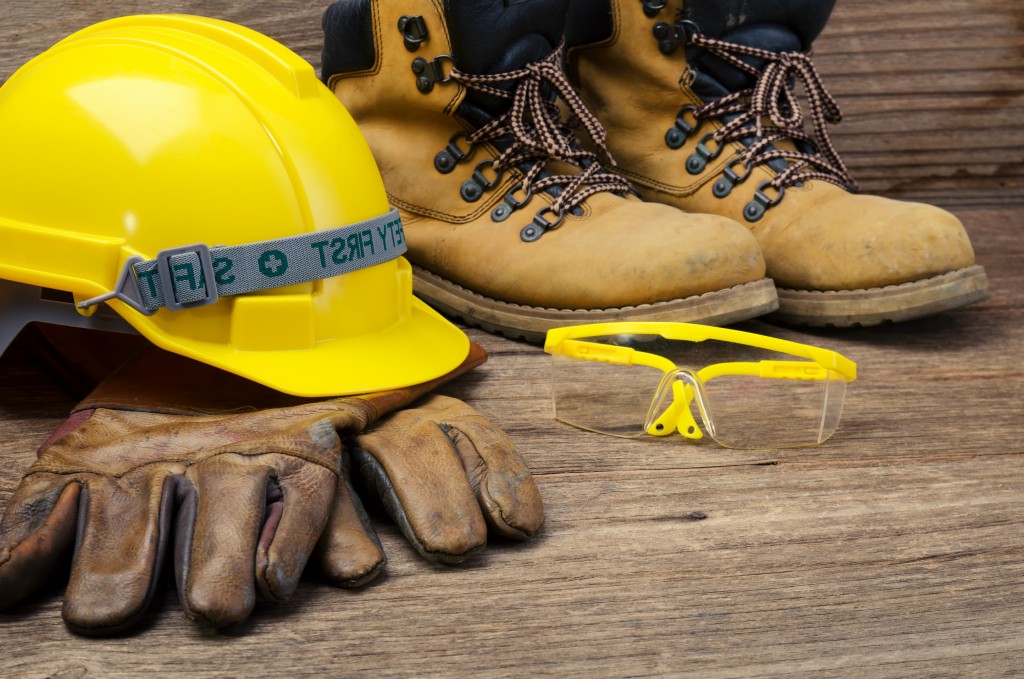Workplace safety has come a long way since the Industrial Revolution when hundreds of workers each month — in factories, construction sites, and mines — would be injured or die on the job. Much of the improvements made over the years, including the creation of government offices in charge of overseeing occupational safety and health, have worked wonders in making the industrial workplace a safer place to be.
Among the occupational safety practices that have become standard is the introduction of personal protective equipment. This is especially helpful for those who work in physically dangerous environments. Today, especially in developed nations such as NZ, protective clothing is now a standard safety measure that must be put in place by employers. From headgear to hi-vis workwear, here is the history and rationale behind some of the most common workplace safety attire.
Firefighting
One of the foremost industries to implement the wearing of safety attire for workers is firefighting. Given that they work in one of the most dangerous environments possible, firefighters were among the first to wear safety protection in the form of the first fire helmets, which were introduced in the 1730s. Firefighters began wearing uniforms in the mid-19th century; these uniforms consisted of wool clothing and leather boots. Respiratory protection was also introduced in the 1860s with the development of a self-contained breathing apparatus that allowed firefighters to breathe in fresh air despite being surrounded by toxic smoke.
By the end of World War II, firefighters’ workwear was similar to what we know them to be today, consisting of long rubber boots and trench coats, as well as a hard firefighting helmet. Standards for protective firefighting equipment were eventually introduced in 1971.
Headgear
Although hard hats and other forms of protective headgear were introduced in the late 19th century, they did not become standard until a few decades ago. The first hard hats were made of leather and were developed primarily for the use of miners to protect against falling rocks. They soon began to be used in construction, with the construction of the Golden Gate Bridge in 1936 being the first time that the wearing of hard hats was required of workers.
Only in the 1950s and 1960s did the modern hard hat come into existence with the development of thermoplastics, which were hard and sturdy, while also not being good conductors of electricity. The standard hard hat used today was first developed in 1982 and was made from polyethylene plastic.
High-Visibility Workwear

High visibility (hi-vis) clothing was introduced around fifty years ago and was first used by British railway workers, who would need to be spotted by train drivers when working on the tracks. As industry demanded that work continues into the night, hi-vis workwear soon became the go-to option in such circumstances.
Modern hi-vis clothing is retro-reflective and comes in an assortment of bright, fluorescent colors, such as yellow, pink, and orange. This ensures that workers are visible to any person in their vicinity, be it a fellow worker or an oncoming driver. Today, hi-vis clothing is standard among traffic, construction, and forestry workers, as well as airport ground crews and emergency response personnel. They are also widely used among cyclists to prevent any accidents or injuries on the road.
Protective workwear has definitely saved the lives of many workers and has made the industrial environment a better place. Hence, it is important that standards surrounding workplace safety attire continue to be followed in order to ensure that not one more worker dies or is injured on the job.







